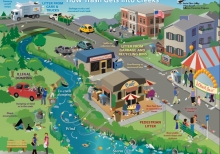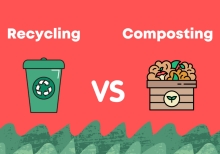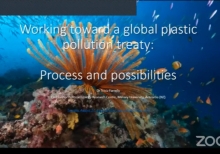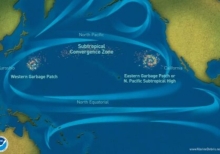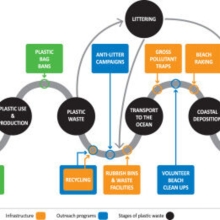Learn About Aquatic Trash
EPA's Trash Free Waters (TFW) program refers to the garbage polluting U.S. rivers, lakes, streams, and creeks as "aquatic trash." Most of the garbage that ends up in waterways comes from land-based activities. Garbage can easily become aquatic trash if it is not properly disposed of or securely contained. When garbage is littered on the ground rather than placed in a recycle, compost, or trash bin, rain and wind often carries it into storm drains, streams, canals, and rivers.
